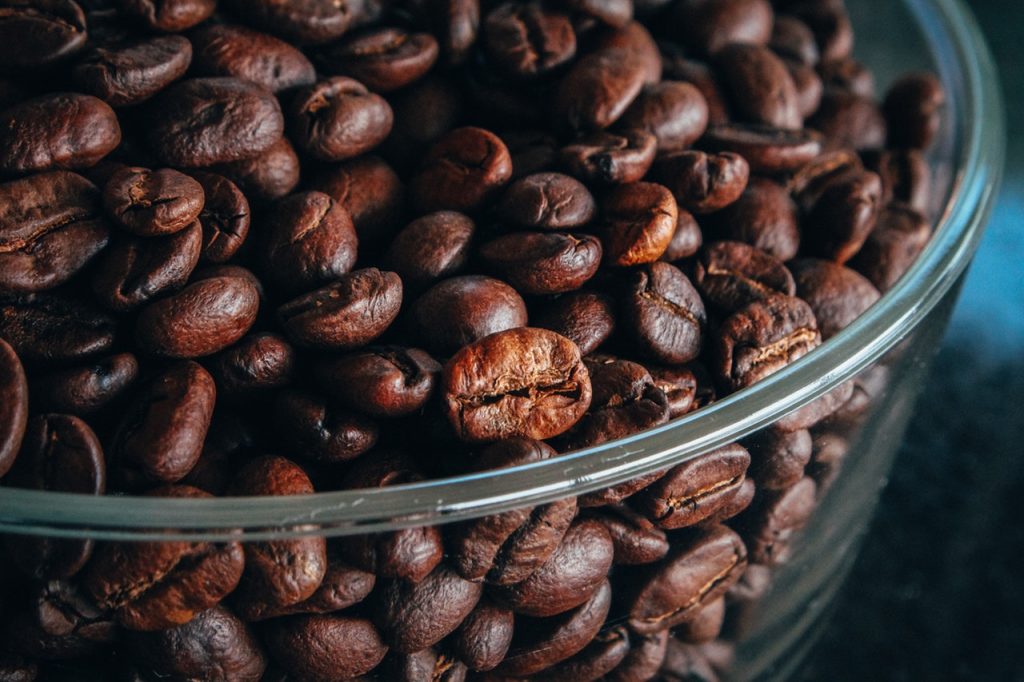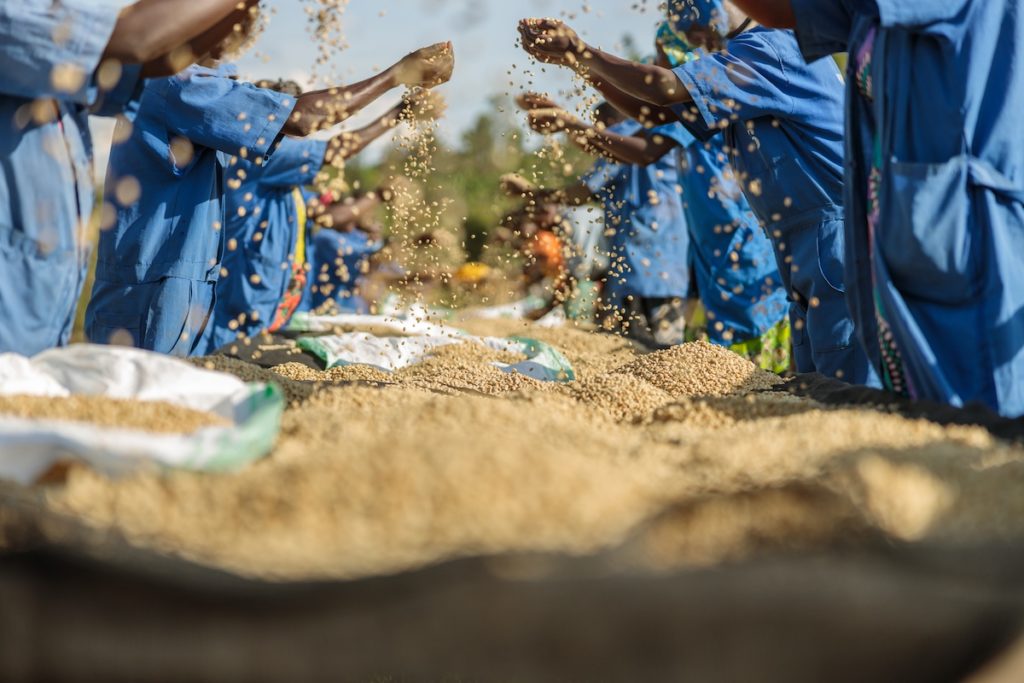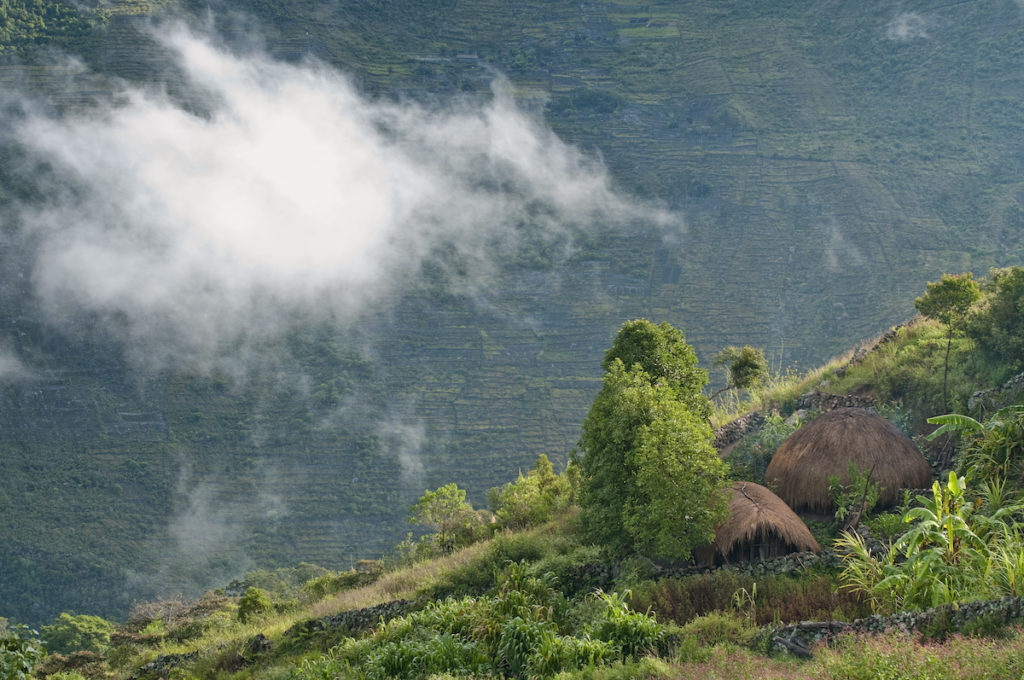Creating an ideal coffee roast profile includes quite a bit of experimentation. This is particularly the case if you are just starting your home coffee roasting journey. Developing a coffee roast profile ensures the flavors and best attributes of a particular coffee bean are drawn out. Outlined below are coffee roasting defects you may encounter. This may occur as you familiarize yourself with a new roaster and perfect a roast profile.
Baked Coffee is a Coffee Roasting Defect That is Difficult to Recognize.
Baked coffee beans are difficult to visually distinguish from other roasted coffee beans. Therefore, you may not suspect the beans are baked until you drink the coffee. Coffee brewed with baked beans will have a noticeably different taste. It is described as lifeless with hints of oat and grain. Others describe baked coffee beans as having papery or bread-like tastes. These beans have lost their flavors, sugar, and acid during the roasting process.
To understand what causes coffee beans to become baked, roasters need to look to the Rate of Rise (RoR) measurement. ROR measures “the growth rate of the bean temperature over time”. In other words, the measure indicates how quickly the beans’ temperature is changing.
The key is to avoid an RoR that is too low. Lower RoR’s indicate the coffee beans are taking a longer time to move through the roasting process. When the RoR is low enough it can lead to stalling – when the temperature is not increasing as it should to complete the roasting process. A low enough RoR results in coffee beans roasting longer than they should be (at a lower temperature) before reaching the first crack.
Basically, to avoid baked coffee beans, roast your beans more quickly at a higher temperature.
Underdeveloped Coffee Beans is an Easier Coffee Roasting Defect to Identify.
When coffee has a green or grassy taste with low acidity, the roasted beans are likely underdeveloped. This coffee roasting defect is sometimes easily identifiable by a lighter outer color.
In other cases, underdeveloped coffee beans can have a dark outer layer. During the roasting process, the outer layers of coffee beans reach a higher temperature before the inner layers. This uneven rise in temperature could lead to a developed (darker) look while the inner part remains underdeveloped (lighter).
By examining a coffee bean’s inner layers, you can determine if it is underdeveloped. However, be aware that an underdeveloped coffee bean will be difficult to crack open.
When trying to achieve a lighter roast, you can end up with underdeveloped coffee beans. This usually occurs when roasters are overly cautious about over-roasting their beans. Underdevelopment is also common when roasters are perfecting their light roast profiles.
Underdeveloped beans in darker roast coffees have a darker outer layer and a lighter inner layer. This may be the result of uneven roasting temperatures. Raising roasting temperatures at the right times will help minimize underdevelopment in darker roasts. This is a skill that can be perfected with continued practice with your roaster.
Overdevelopment is a Coffee Roasting Defect that Can Occur When Trying to Achieve a Darker Roast.
Overdeveloped coffee beans will be black and oily and produce a burnt and bitter-tasting coffee. Some describe the taste as smoky and liken it to ash or carbon.
Roasting coffee beans too long will lead to overdevelopment. It does not take much to cross over from a dark roast to overdeveloped beans.
However, there are some who believe that coffee is either developed or undeveloped. The thought is overdevelopment is an inaccurate term and the beans are just “darker”.
Others view overdevelopment as an “over-roasting” error and therefore consider it a coffee roasting defect.
Scorching is an Easily Identifiable Coffee Roasting Defect.
Burn marks on the flat surfaces of the coffee beans indicate scorching has occurred. Coffee made with scorched beans will have an overpowering smoky/ashy flavor.
Scorching can occur when the beans are placed in a roaster at a higher than ideal charge temperature. The charge temperature is defined as a roasting machine’s initial temperature before the beans are added.
Other causes of scorching include a roaster with a slower rotating drum or loading too many coffee beans to a roasting batch. Overfilling a roaster’s drum will prevent the movement of beans and decrease the airflow.
Essentially, to prevent scorched coffee, make sure the beans are turning over easily earlier in the roast cycle. Monitoring the fan speed will help ensure sufficient bean movement in the roaster.
Tipping is Similar to Scorching.
The visual difference between tipping and scorching is the location of the burn marks. While scorching burn marks are located on the flat surfaces of the bean, tipping marks, as the name indicates, are at the tips or edges. The taste is usually similar to that of scorched coffee.
Tipping is a function of the coffee bean’s shape. At high temperatures, the moisture evaporates from the tips more quickly due to the lower density relative to other parts of the bean.
Some believe a higher charge temperature causes tipping, similar to scorching. Others think tipping occurs later in the roasting process – during the second crack. Conduction or convection? In other words, is tipping a result of a hot drum or poor air circulation? The answer could be any of the above. The thought is it’s more about the shape and the inability to withstand the heat at the edges/tips.
Quakers are Identifiable Only After the Roasting Process.
Quakers are not considered a true coffee roasting defect, but can only be identified after the roasting process is complete. Before roasting, quakers look similar to other coffee beans so they are overlooked in the sorting process. These underripe coffee beans are usually caused by poor soil conditions which hinder sugar and starch development.
After roasting, quakers will remain lighter in color compared to the other roasted beans. Take the time to remove any quakers from your roast before you grind and drink the coffee. If quakers are not removed from the batch, they tend to add a papery or cereal flavor to the coffee.
Burman Coffee Traders would love to help you along your home coffee roasting journey. Please contact us if you have any questions for us. If you are just starting out, our Ultimate Guide to Home Roasting Coffee Beans is a great place to start.
Preventing coffee roasting defects takes a bit of trial and error. Starting a coffee journal will help you perfect your roasting skills. Learn more about what to track by reading our coffee journaling tips.




I would like to see you give roasting profile hints for the different coffees. Things like charge temp, roast at full bore until 1st crack, or gradually increase temp at intervals until 1st crack. Decrease heat at 1st crack, or increase heat at 1st crack. Finishing temp,etc. Little hints would help many beginners.
I would like to “Second” Larry Howard’s comment (12,1,2020) I would like to know more about the science of manipulating roasting time and heat to change the profile of my coffee.
I would like to add to the previous two Posts: How does all this apply to hot air / floating bed roaster? .. since there is no charge time, no turning point, … all faster? momentum? with what temp to start? btw: I’m roasting in a flour sifter and heat gun underneith
What if the out layer on the coffe bean doesnt separate during roasting? Can you still grind those beans and drink the coffee?
Yes, assuming you are touching 1st crack, you can grind and brew. Chaff sometimes gets stuck on the beans, should make minimal impact to taste. Generally means you are at lighter roast points if chaff is still clinging to the beans.